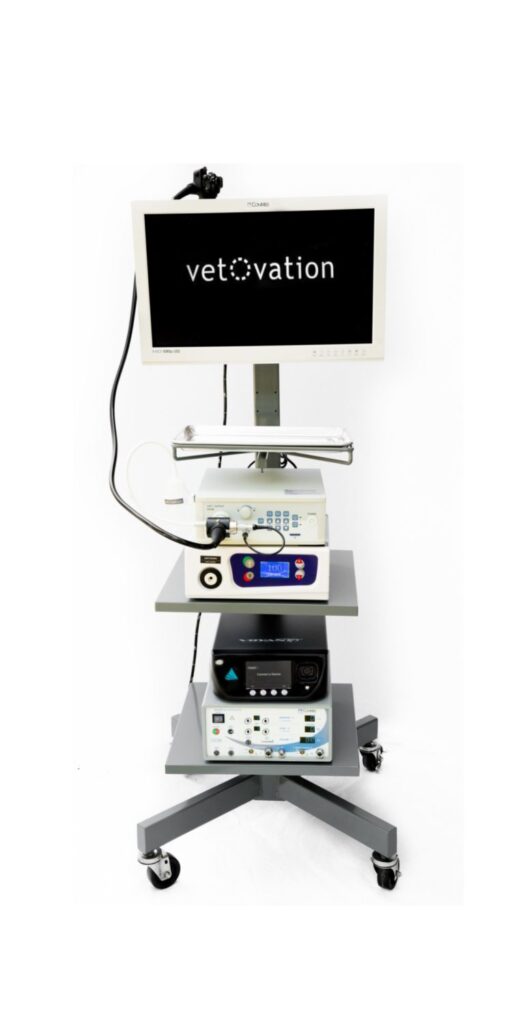VetOvation Tech Talk
Incorporating a Veterinary Endoscope into Your Practice: A Step-by-Step Guide
Are you looking to enhance your veterinary practice with the latest in veterinary endoscope technology? A veterinary endoscope is a valuable tool that can help you diagnose and treat many conditions in animals. In this step-by-step guide, the experts at VetOvation explore how to incorporate a veterinary endoscope into your practice successfully.
Step 1: Research and Choose the Right Veterinary Endoscope
As a leading veterinary equipments manufacturer, VetOvation offers a wide range of flexible endoscopy systems for small and large animals. Research the options available on our online shop and choose the one that best fits your practice’s needs.
Step 2: Train Your Staff
Ensure that your staff is properly trained to use the veterinary endoscope. VetOvation, the leader in veterinary equipment, provides remote and in-hospital training for our products as well as step-by-step videos and other resources on our website. Take advantage of this resource to ensure your staff uses the endoscope safely and effectively.
Step 3: Introduce the Endoscope to Your Patients
When introducing the endoscope to your patients, it’s important to explain the procedure and how it will benefit them. Take the time to answer any questions they may have and ensure that they are comfortable with the procedure before proceeding.
Step 4: Perform the Procedure
Once your staff is trained and your patients are comfortable, it’s time to perform the procedure. The endoscope can diagnose and treat many conditions including respiratory, gastrointestinal, and urinary tract issues and foreign body removal.
Using the Endoscope for Respiratory Issues
The endoscope can examine the nasal passages, pharynx, and larynx for respiratory issues. It can also be used to remove foreign objects or biopsy tissues for further examination.
Using the Endoscope for Gastrointestinal Issues
The endoscope can examine the esophagus, stomach, and intestines for gastrointestinal issues. It can also be used to remove foreign objects or biopsy tissues for further examination.
Using the Endoscope for Urinary Tract Issues
The veterinary endoscope can examine the urinary bladder and urethra for urinary tract issues. It can also remove stones or biopsy tissues for further examination.
Step 5: Follow-Up Care
After the procedure, provide follow-up care to your patients. This may include medication, dietary changes, or further testing. Ensure that your staff provides clear instructions to the pet owner on caring for their pet after the procedure.
VetOvation | Veterinary Endoscope
Incorporating our VetOvation veterinary endoscope into your practice can provide numerous benefits for both you and your patients. By following these steps, you can ensure that you are utilizing this valuable tool safely and effectively. Contact our veterinary equipment experts for a range of flexible veterinary endoscope systems and small animal surgical instruments to enhance your veterinary practice.
